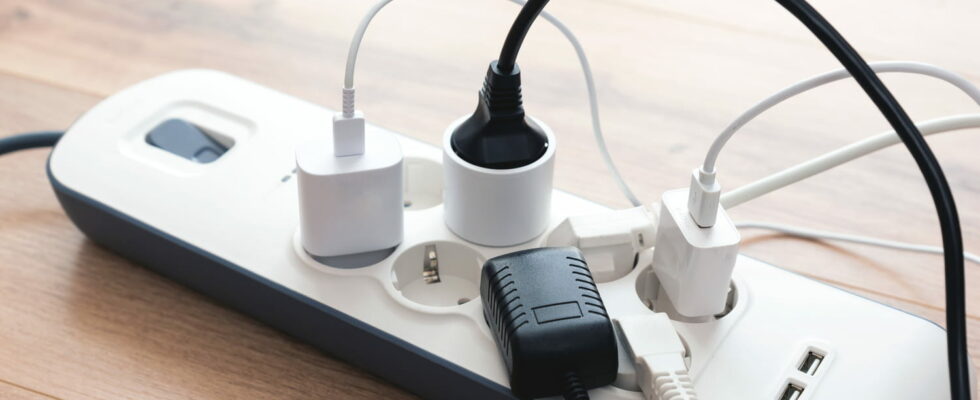Where you place your power strips can be important if you want to avoid accidents.
Power strips may be very useful everyday tools, but they are not without risk. It is particularly recommended not to overload them too much to avoid short-circuiting your household appliances, but not only that! Many other recommendations and even some formal prohibitions exist, although very often they are completely ignored by the general public.
A power strip can also be the trigger for all kinds of accidents. In particular, they can start fires if they cause short circuits and are close to an easily flammable element. This is why it is generally recommended to keep power strips away from certain objects such as carpets, cardboard, firelighters and other products that can quickly catch fire or present such a risk. Curtains are also a risk since they can quickly catch fire if a short circuit is triggered near them.
But conversely, a power strip can also be afraid of rain! This is generally why you should avoid placing a power strip near a source of water such as glasses, plants, a sink or even a bathtub. But this is also why we generally recommend keeping your power strips away from your windows.
All it takes is a storm outside your home or even poorly insulated joints for outside rain to invade your interior. We were particularly able to observe this recently with the latest storms that hit France: rain can easily get inside your home.
Therefore, if you are in the habit of placing power strips near your windows, then there is a risk that rain will end up landing in these same power strips and causing a short circuit. Such an event can then lead to a fire in your home which will spread quickly. The rain triggers the electricity which starts the fire, basically.
Also note that a wet power strip can still be dried. In this case, we strongly advise against using a hairdryer, but rather a cloth (making sure that the power strip is unplugged from any power source!). Let it rest for a bit and then you can try to use it again. If your circuit breaker trips despite the power strip drying, it means that water is still inside or that your outlet is no longer usable.
The location of your power strip is therefore important. It is recommended to keep it in a ventilated place but protected from possible bad weather. If you can also avoid leaving your power strip on the floor, even better. This can prevent it from taking on water if you ever experience a small flood or water leak in your home.
In general, it is recommended to completely turn off your household appliances and power strips when these objects are not in use. If your power strips are basic and do not have a power button, it is best to simply unplug them from your electrical outlets which supply them with power and can cause short circuits.

